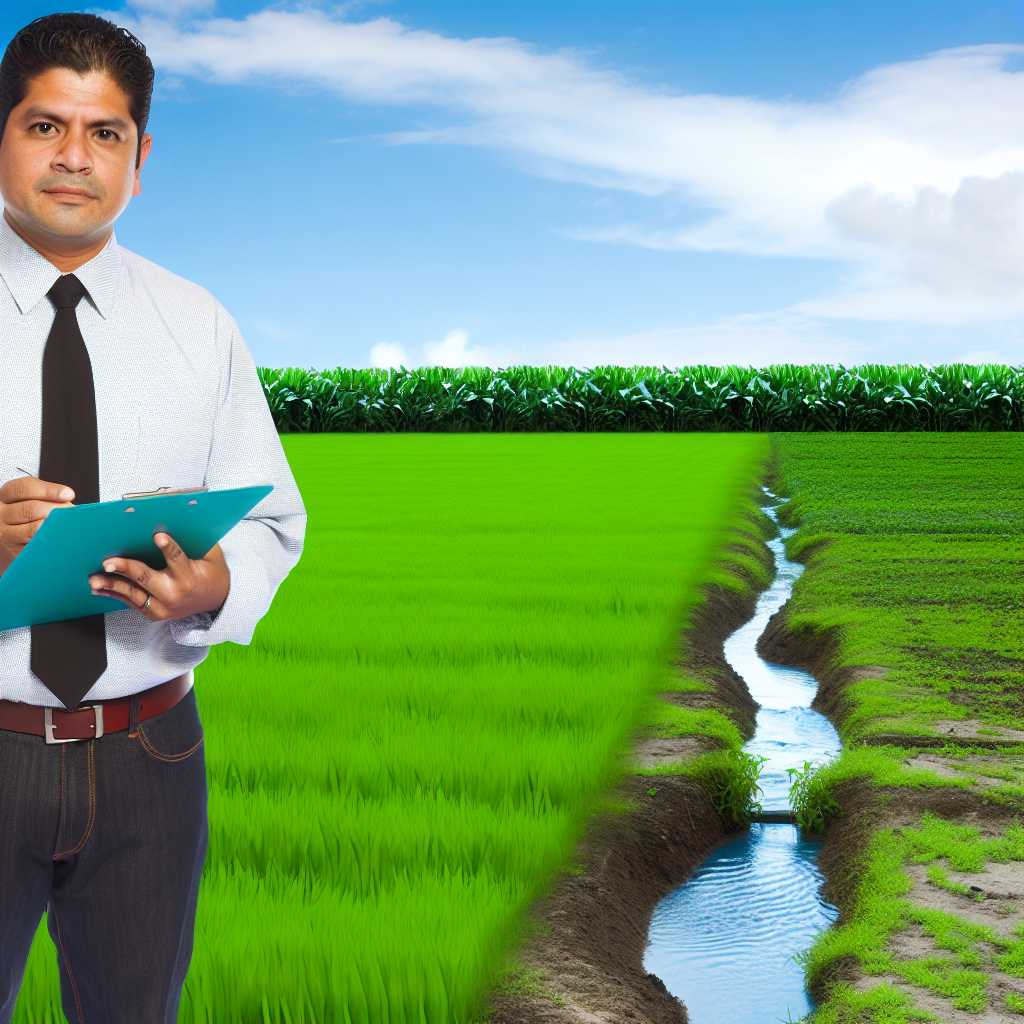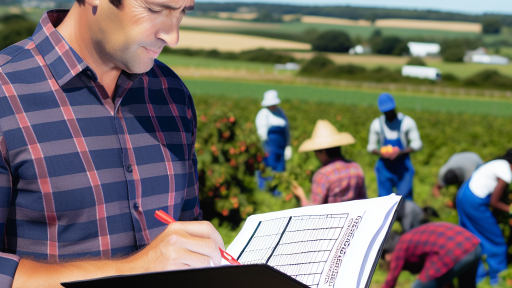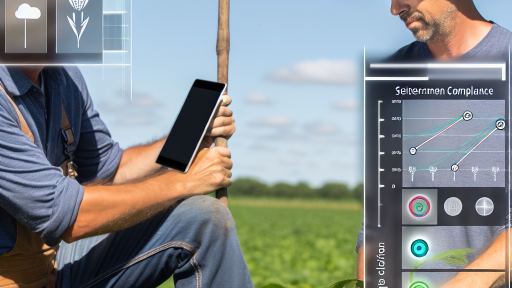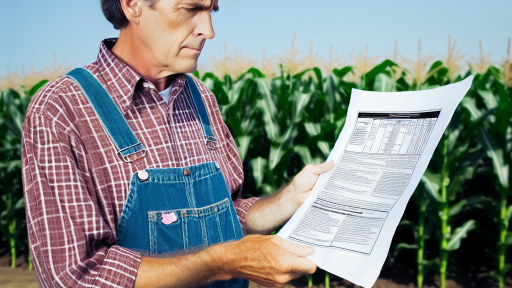Understanding Local and Federal Water Regulations
Overview of Water Regulations
Water regulations exist to manage and protect water resources.
They ensure that water usage remains sustainable and equitable.
Both local and federal governments enforce these regulations.
Understanding these rules is essential for compliance.
Types of Water Regulations
Water regulations can be classified into various categories.
These include conservation, quality, and usage regulations.
Each type serves to address specific challenges.
Conservation Regulations
Conservation regulations focus on reducing water waste.
They often encourage practices such as xeriscaping.
This approach uses drought-resistant plants to minimize water use.
Quality Regulations
Quality regulations maintain the safety of drinking water.
They set limits on pollutants in water sources.
Compliance ensures public health is safeguarded.
Usage Regulations
Usage regulations dictate how much water can be consumed.
They may impose restrictions during drought conditions.
Transform Your Agribusiness
Unlock your farm's potential with expert advice tailored to your needs. Get actionable steps that drive real results.
Get StartedUnderstanding these limits helps prevent penalties.
Researching Local Regulations
Researching local regulations is critical for compliance.
Start by visiting your local government’s website.
This site typically provides detailed information about water regulations.
Consulting public documents can also yield useful insights.
Federal Regulations Overview
The federal government sets broad water regulations.
Key legislation includes the Clean Water Act.
This act guides the management and protection of water quality.
Familiarizing yourself with this legislation helps ensure compliance.
Importance of Compliance
Compliance with water regulations avoids legal penalties.
Moreover, it fosters sustainable water management practices.
Additionally, responsible usage supports community water supply.
Everyone plays a role in protecting this vital resource.
Identifying Critical Water Usage Areas on Your Farm
Mapping the Water Sources
Begin by locating all available water sources on your farm.
Document natural sources like rivers, lakes, and streams.
Also, include artificial sources such as wells and reservoirs.
Creating a detailed map will help visualize water distribution.
Assessing Crop Water Needs
Evaluate the specific water requirements for each crop type.
Consider the growth stage of each crop for accurate assessment.
Utilize resources like the USDA’s crop water requirements guide.
This knowledge will guide your irrigation planning effectively.
Monitoring Water Usage Practices
Regularly monitor your existing water usage practices.
Identify areas with excessive consumption or waste.
Introduce methods such as drip irrigation to minimize waste.
Showcase Your Farming Business
Publish your professional farming services profile on our blog for a one-time fee of $200 and reach a dedicated audience of farmers and agribusiness owners.
Publish Your ProfileInvest in technology like moisture sensors for real-time data.
Engaging with Local Guidelines
Familiarize yourself with local water usage regulations.
Contact your local agricultural extension office for details.
Stay updated on changes to policies that may affect your farm.
Implementing Resource Management Strategies
Create a resource management plan targeting critical areas.
Consider rainwater harvesting as an alternative water source.
Establish efficient practices to lessen reliance on groundwater.
Encourage soil health to enhance natural water retention.
Training Your Team
Ensure your team understands the importance of water conservation.
Conduct regular training sessions on best practices.
Foster a culture of sustainability within your workforce.
Empower your team to identify potential water conservation methods.
Implementing Efficient Irrigation Techniques
Assessing Water Needs
Start by evaluating the water requirements of your crops.
This evaluation helps optimize the irrigation schedule.
Additionally, consider the climate and soil type for better results.
Using Smart Irrigation Systems
Integrate smart irrigation systems to improve efficiency.
These systems adjust based on real-time environmental data.
Moreover, they reduce water waste significantly.
Employing Drip Irrigation
Drip irrigation delivers water directly to the plant roots.
This method minimizes evaporation and runoff.
Consequently, it maximizes the use of every drop of water.
Maintaining Soil Health
Healthy soil retains moisture better than depleted soil.
Implement practices such as mulching and crop rotation.
These methods enhance soil structure and nutrient levels.
Scheduling Irrigation Wisely
Irrigate during cooler parts of the day, like early morning.
This practice reduces evaporation and allows efficient absorption.
Also, regularly monitor soil moisture levels to adjust schedules.
Training and Educating Staff
Provide training for staff on efficient irrigation techniques.
Well-informed individuals can make better water management decisions.
Ultimately, this training leads to more effective practices.
Monitoring and Adjusting
Regularly monitor irrigation systems to ensure efficient operation.
Check for leaks, clogs, or malfunctions that waste water.
Adjust your practices based on any observed inefficiencies.
Implementing Rainwater Harvesting
Consider setting up a rainwater harvesting system.
This system collects and stores rainwater for irrigation use.
Utilizing this resource can significantly reduce dependency on municipal water.
You Might Also Like: Impact of Tax Changes on Agricultural Practices
Maintaining Detailed Water Usage Records
Importance of Accurate Records
Accurate water usage records are essential for compliance.
They help track your water consumption over time.
Moreover, these records support sustainable practices.
Showcase Your Farming Business
Publish your professional farming services profile on our blog for a one-time fee of $200 and reach a dedicated audience of farmers and agribusiness owners.
Publish Your ProfileEstablishing a Recording System
Start by choosing a reliable method for tracking usage.
Consider using digital tools for efficiency.
Alternatively, a manual logging system can also work.
Data Collection Methods
Collect data daily to ensure completeness.
Use water meters for precise measurements.
In addition, make note of any unusual spikes in usage.
Regular Audits and Reviews
Conduct regular audits to verify your recorded data.
Review records monthly to identify trends.
Adjust your practices based on your findings.
Compliance with Regulations
Familiarize yourself with local water regulations.
Ensure your records meet all compliance requirements.
Maintain open communication with regulatory bodies.
Training Staff for Accuracy
Train employees on the importance of accurate records.
Provide resources for effective tracking methods.
Encourage a culture of accountability in water usage.
Discover More: Enhancing Farm Operations with Food Safety Compliance
Utilizing Rainwater Harvesting Systems
Understanding Rainwater Harvesting
Rainwater harvesting collects rainwater for future use.
This practice helps reduce dependence on municipal water supply.
It promotes sustainable water resource management.
Setting Up a Rainwater Harvesting System
Begin by assessing your property’s roof area.
A larger roof area can collect more rainwater.
Choose appropriate storage tanks based on your needs.
Consider materials that prevent contamination.
Install gutters to channel rainwater into your tanks.
Maintenance of Rainwater Systems
Regular maintenance is crucial for optimal functionality.
Inspect and clean gutters to prevent debris build-up.
Periodically check the storage tanks for algae and sediment.
Ensure all fittings and pipes are leak-free.
Utilization of Collected Rainwater
Use harvested rainwater for irrigation purposes primarily.
This practice reduces water bills and conserves resources.
Consider using it for flushing toilets and washing clothes.
Always use an appropriate filtration system for potable uses.
Benefits of Rainwater Harvesting
This system promotes conservation of freshwater resources.
It reduces stormwater runoff and pollution in local waterways.
Moreover, it can provide a backup water supply during droughts.
It may also qualify you for local rebates and incentives.
Delve into the Subject: Trade Policy Compliance for Agribusinesses

Adopting Drought-Resistant Crops and Practices
Understanding Drought-Resistant Crops
Drought-resistant crops conserve water effectively.
These crops require less irrigation compared to traditional varieties.
Many farmers benefit from adopting these resilient options.
Showcase Your Farming Business
Publish your professional farming services profile on our blog for a one-time fee of $200 and reach a dedicated audience of farmers and agribusiness owners.
Publish Your ProfileChoosing the Right Varieties
Research local climate conditions before selecting crops.
Consult agricultural extension services for guidance.
Consider varieties such as sorghum, millet, or native grasses.
Implementing Efficient Water Management Practices
Employ drip irrigation systems to minimize water waste.
Use rainwater harvesting techniques to collect precious water.
Schedule irrigation during cooler hours to reduce evaporation.
Improving Soil Health
Healthy soil retains moisture better than depleted soil.
Add organic matter to enhance soil structure.
Utilize mulch to conserve moisture and suppress weeds.
Incorporating Crop Rotation and Cover Crops
Practice crop rotation to improve soil health and fertility.
Plant cover crops to protect soil during off-seasons.
This strategy also reduces erosion and enhances biodiversity.
Educating Yourself and Others
Stay informed about new drought-resistant techniques.
Participate in workshops or local agricultural seminars.
Share knowledge with fellow farmers to encourage best practices.
Delve into the Subject: Minimum Wage Laws for Farmers
Regularly Reviewing and Updating Compliance Strategies
Importance of Regular Reviews
Regular reviews of compliance strategies are crucial for effective water management.
They help organizations stay aligned with changing regulations.
Moreover, regular assessments identify potential compliance weaknesses.
Creating a Review Schedule
Establishing a regular review schedule simplifies compliance management.
Consider quarterly evaluations to ensure ongoing adherence to regulations.
Additionally, involve relevant stakeholders during these reviews.
Updating Compliance Protocols
Update your compliance protocols in response to regulatory changes.
Incorporate new best practices to enhance your strategies.
Furthermore, document any changes to ensure clarity and accountability.
Utilizing Technology for Compliance Management
Leverage technology to streamline compliance reviews and updates.
Use software tools to track water usage and identify trends.
Additionally, these tools can facilitate data analysis and reporting.
Training Staff on Compliance Practices
Train your staff regularly on compliance practices and updates.
This practice fosters a culture of accountability within the organization.
Moreover, it equips team members to identify compliance issues proactively.
Engaging with Regulatory Authorities
Maintain open communication with regulatory authorities.
Engagement helps clarify compliance requirements and expectations.
Furthermore, it builds a relationship that can assist during audits or inspections.
Engaging with Local Water Authorities and Community Programs
Understanding Local Regulations
Familiarize yourself with your local water regulations.
Research the specific laws that govern water usage in your area.
Consider attending public meetings held by local water authorities.
Engagement helps clarify regulations and provides direct feedback opportunities.
Building Relationships with Officials
Establish a rapport with local water officials.
Introduce yourself during community events or water-related workshops.
Showcase Your Farming Business
Publish your professional farming services profile on our blog for a one-time fee of $200 and reach a dedicated audience of farmers and agribusiness owners.
Publish Your ProfileAn approachable attitude fosters better communication.
Moreover, express your commitment to sustainable water usage.
Participating in Community Programs
Explore community programs focused on water conservation.
These programs often provide valuable resources and information.
Volunteering for local initiatives can enhance your knowledge and network.
Additionally, it demonstrates your commitment to the cause.
Utilizing Resources and Assistance
Take advantage of resources provided by local authorities.
Many offer educational materials, workshops, and incentives.
Seek out grants or subsidies for water-saving equipment.
These resources can significantly reduce your overall water consumption.
Sharing Success Stories
Share your experiences with neighbors and community members.
Highlight successful conservation efforts to inspire others.
Utilizing social media can amplify your message.
Furthermore, positive community engagement fosters a culture of conservation.
Additional Resources
Water Conservation Portal – Emergency Conservation Regulation …
Laws and Regulations that Apply to Your Agricultural Operation by …




